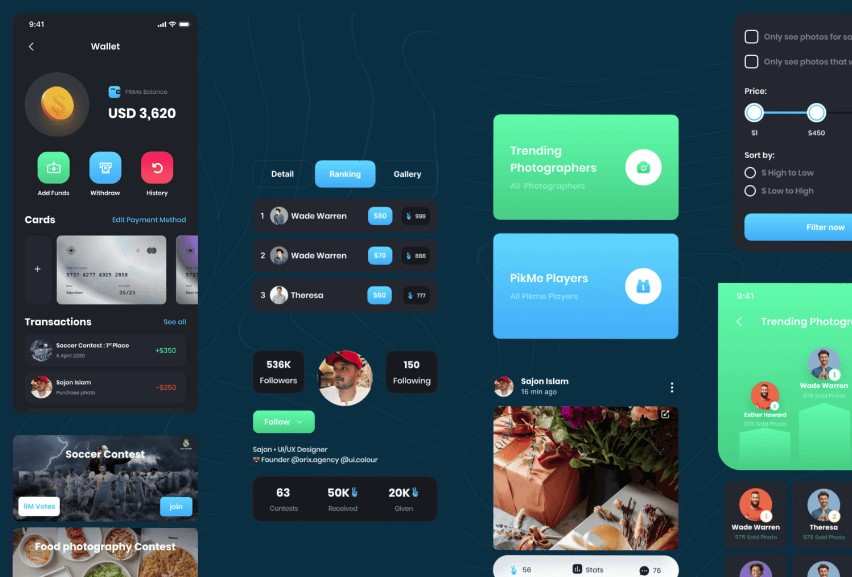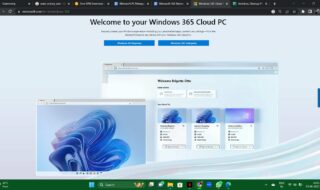Almost every business needs an independent mobile app that bridges the gap between the business’s services/products and its customers. Having an app that works is not enough in today’s fast-paced world, you need to stay at the edge by providing the most optimized mobile app. Otherwise, a sloppy app is what you will provide and you may lose paying customers. To avoid this nightmare, you need to know about the practices that help you optimize your mobile app performance. Read further to learn about the Best Practices for Mobile App optimization.
Contents
Best Practices for Mobile App Optimization
Although a fast-loading application seems to be a core objective of an optimized app, there are also other factors that lead to a better user experience. From the content that you see on the mobile app to the type of code developers use in their app, everything needs a thorough check.
- Monitor User Behavior
Every user has different usage and habits when they are in a particular app. However, it is your duty to find patterns in those differences and come up with useful features that further enhance the user experience.
- Choice of Code
While Python is known for its speed, other scripted languages can be considered more efficient depending on the type of app you are developing. By choosing the most optimal code, end-users will get fast content loading time and better UX.
- Check the Performance
Analyzing the potential hiccups of your app can save you from negative feedback. Moreover, there is a high chance of cost-cutting by the developers and their company if they are proactive with their app development. Another benefit of understanding the metrics of your application is its effectiveness and greater conversion rates. If you have an eye for such analysis then you can gain excellent insights just from monitoring the app’s performance.

- Make the most of Design Patterns
Providing a flawless user experience requires optimizing mobile app performance. Utilizing design patterns improves the main thread of the app and increases conversion rates in stores like the Apple App Store by providing effective solutions to common coding problems.

- Minimize Heavy Activity Initialization
Minimizing resource consumption during heavy activity initialization is advantageous, especially for devices with limited memory. By putting these tactics into practice, developers can guarantee more seamless app launches and enhance overall performance, which will eventually boost user happiness and retention.
Your Solution to a Robust Mobile Application
If you do not know where to start in your app development journey then considering a partner is a great option. Expect the most out of your bucks from the top contenders in the field of software solution providers. Darly.solutions offer a comprehensive approach that gives you the product you want. The product is your mobile application that can be based on any industry/field.

The company places a strong emphasis on tailored solutions for all your software needs. When it comes to the mobile application niche, they offer amazing user experience through efficient programming languages and software development kits. In that way, you will get the final app that you wish for and your customer needs.
Four Ways to Improve Data Loading Time
Enhancing user experience and optimizing mobile app performance require faster data loading times. Here are four efficient methods to accomplish this
- Employ Caching Techniques
In order to speed up load times and enhance user experience, caching entails temporarily storing data. While disk caching saves data on physical storage, in-memory caching keeps data in a device’s RAM for easy access. Faster access is made possible by in-memory caching, but memory problems can arise if it is not carefully managed. Disk caching, on the other hand, enables loading larger data sets without impacting the application’s main thread or lengthening load times.
- In-Memory Caching

Data stored in RAM on a device allows for instant access when needed. On the other hand, overuse of in-memory caching may cause memory problems that negatively affect user experience. Therefore, in order to maximize data loading speed without sacrificing performance, it’s critical to find a balance and manage in-memory caching effectively.
- Disk Caching
This method of loading bigger volumes of data more slowly but effectively uses the physical storage of a device to store data. Disk caching has no effect on the application’s main thread and doesn’t considerably lengthen load times like in-memory caching does. It’s a useful tactic for maximizing the amount of time that content loads, particularly for apps that handle large amounts of data.
- Object Pooling
The use of pre-initialized objects that have limited property names is known as object pooling. The performance of mobile applications as a whole is improved by this technique, which lessens the amount of heavy initialization during app launch. Developers can enhance user experience by reducing resource consumption and optimizing data loading times through effective object pooling management.
Conclusion

Your mobile app development solutions should contain all the fundamentals that are needed for an effective platform. The developers should keep an eye on the overall performance of the app by analyzing the behavior of the end users. As a result, developers can come up with how efficiently they can code or what changes are required in the design patterns.



